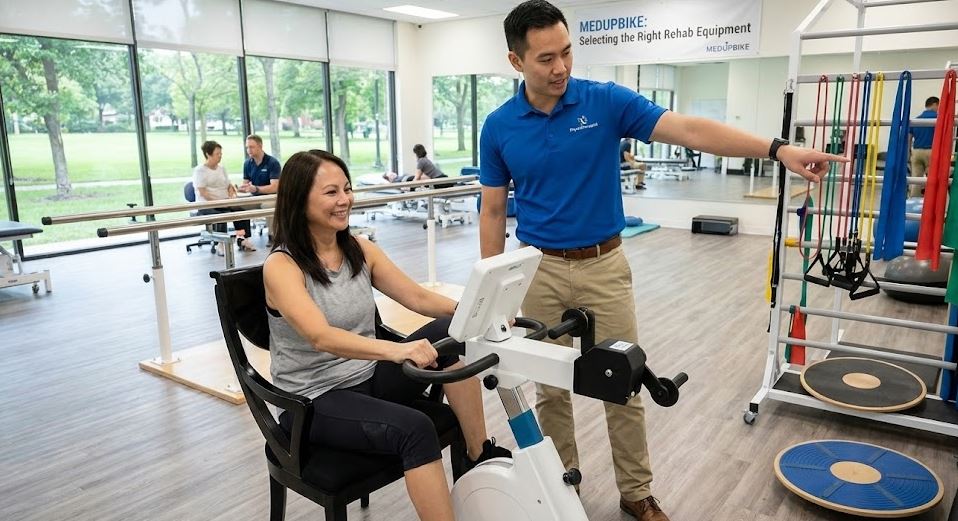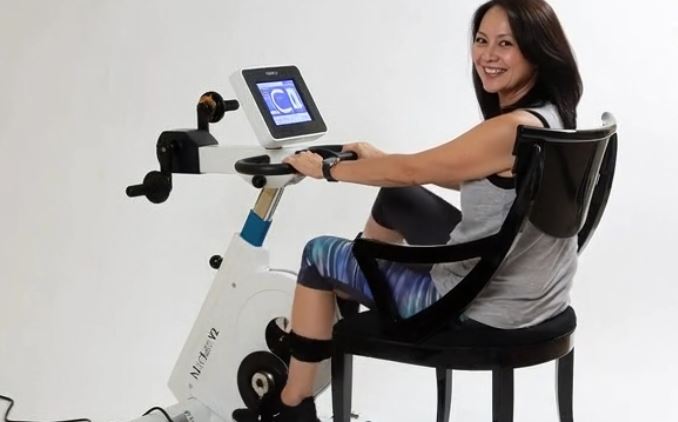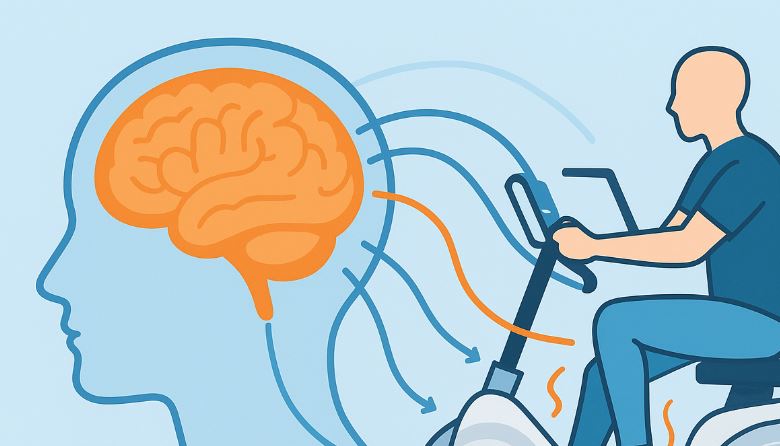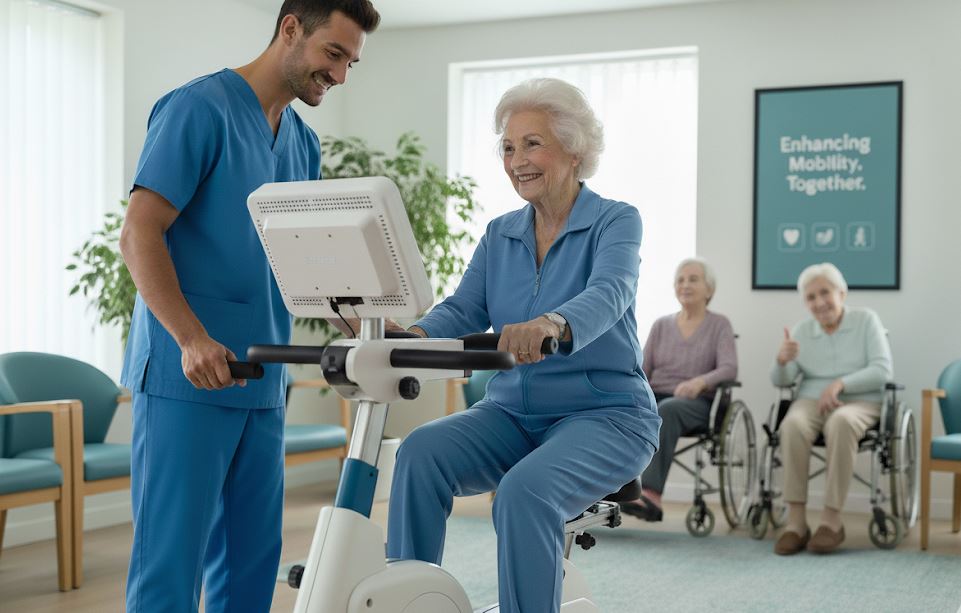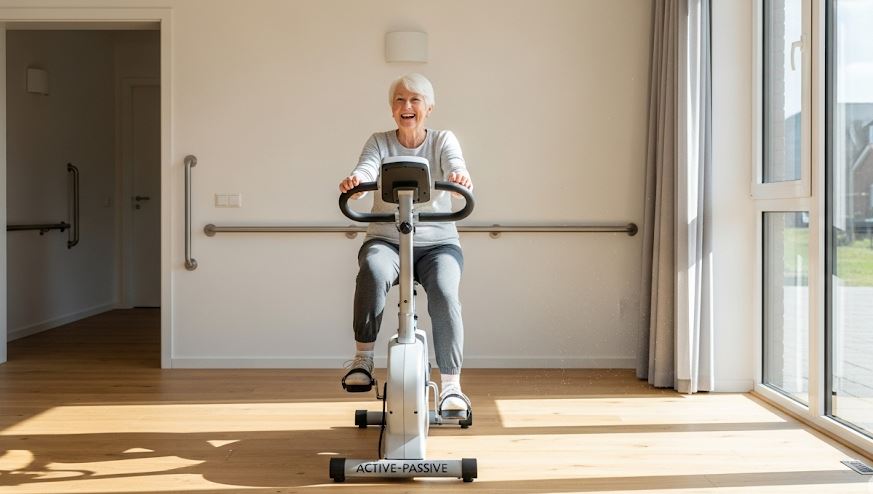Rehabilitation clinics, long-term care homes, outpatient therapy centres, and hospital physio departments are increasingly recognizing the value of motor-assisted ergometers—often called active-passive cycle trainers—as core equipment for clients with limited mobility, neurologic conditions, post-operative needs, or deconditioning. But as with any major purchase, choosing the right device requires careful evaluation of clinical goals, client population, […]
Rehab Equipment for Neurologic Conditions: Why Stroke, MS, Parkinson’s and Spinal Cord Injury Programs Choose Active-Passive Cycle Training
Neurologic rehabilitation relies heavily on equipment that can safely support mobility, restore motor function, and stimulate circulation while accommodating significant physical limitations. Unlike orthopedic rehab—where clients may have a specific injury but intact motor control—neurologic conditions require tools that adapt to fluctuating strength, involuntary movement patterns, fatigue, and variable neural input. Active-passive cycle trainers, also […]
The Science of Movement: Why Active-Passive Cycling Stimulates Brain and Body Recovery
When someone experiences mobility loss—whether from stroke, Parkinson’s, multiple sclerosis, or simply reduced physical activity—the road back can be daunting. Physiotherapists often emphasize the importance of repetitive movement, because movement is medicine for both the body and the brain. Active-Passive cycling delivers exactly that: rhythmic, low-impact exercise that engages muscles and stimulates neurological recovery, even […]
Why Long-Term Care Homes Are Turning to Active-Passive Cycle Therapy
As Canada’s population ages, long-term care homes face increasing challenges in keeping residents active, engaged, and healthy. Traditional exercise programs often fall short for seniors with mobility limitations, neurological conditions, or low endurance. That’s where Active-Passive Cycle Therapy comes in—an adaptive form of exercise that meets residents where they are and provides benefits for both […]
How Adaptive Cycling Boosts Physical and Mental Health in Seniors and People with Limited Mobility
Maintaining mobility and overall health becomes more challenging as we age or face physical limitations. For many seniors and individuals with reduced mobility, traditional exercise can feel daunting—or even unsafe. This is where adaptive cycling, particularly using devices like the MedUp V2 active-Passive Cycle Trainer, can make a profound difference. By combining safety, ease of […]
